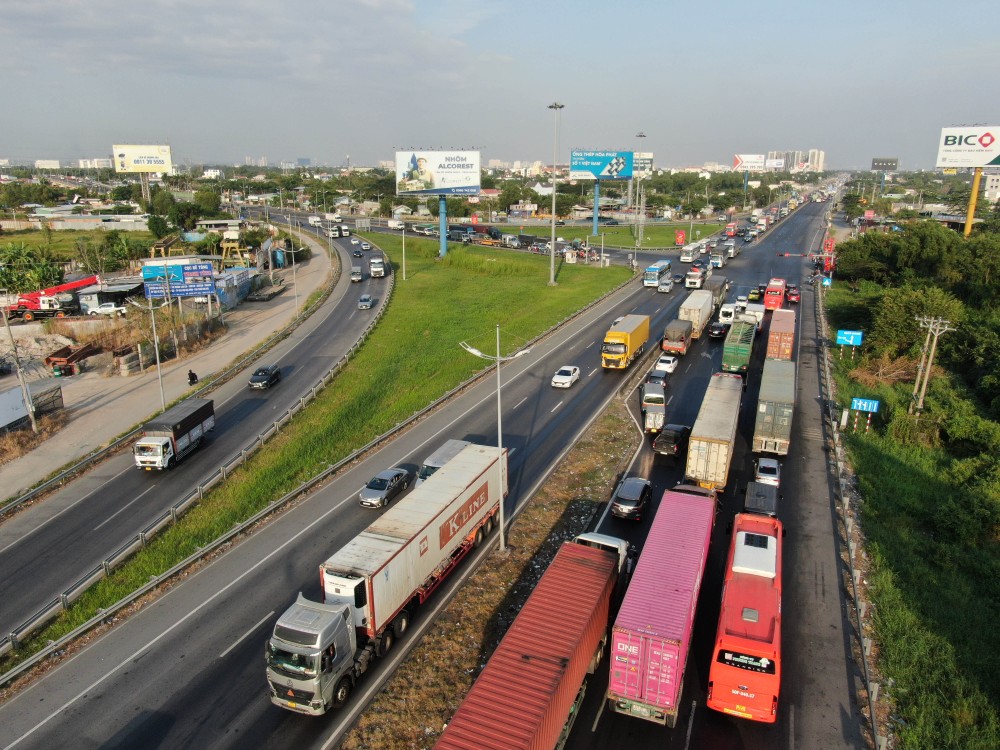
Ho Chi Minh City People's Committee has just issued a decision to implement 5 BOT (build - operate - transfer) projects on existing roads according to the Resolution 98/2023/QH15
According to the plan, three projects will be carried out at the gateway area towards the Mekong Delta. First, the project to expand the section of National Highway 1 from HCMC’s Binh Tan District to the border with the Mekong Delta Province of Long An with a length of nearly 10km will expand the road additional 52m. The project costs nearly VND12,900 billion (US$531,745,584). This project is expected to remove the bottleneck at the western gateway of the city.
The second project, the North-South axial road project including the 7.5km long section from Nguyen Van Linh Avenue to Ba Chiem Bridge, will be expanded from 4 to 10 lanes, with a total capital of nearly VND4,500 billion. The Binh Tien bridge - road project connecting districts 6, 8, and Binh Chanh districts is the third one with a cost of about VND6,200 billion.
According to Director of the Transportation Works Construction Investment Project Management Board of HCMC Luong Minh Phuc, after the Binh Tien Bridge and Road project is complete, it will create a lifeline connection of the National Highway 50, the Ring Road 3, and the Ben Luc - Long Thanh Expressway helping to remove traffic congestion, opening up urban development space for the southern part of the city.
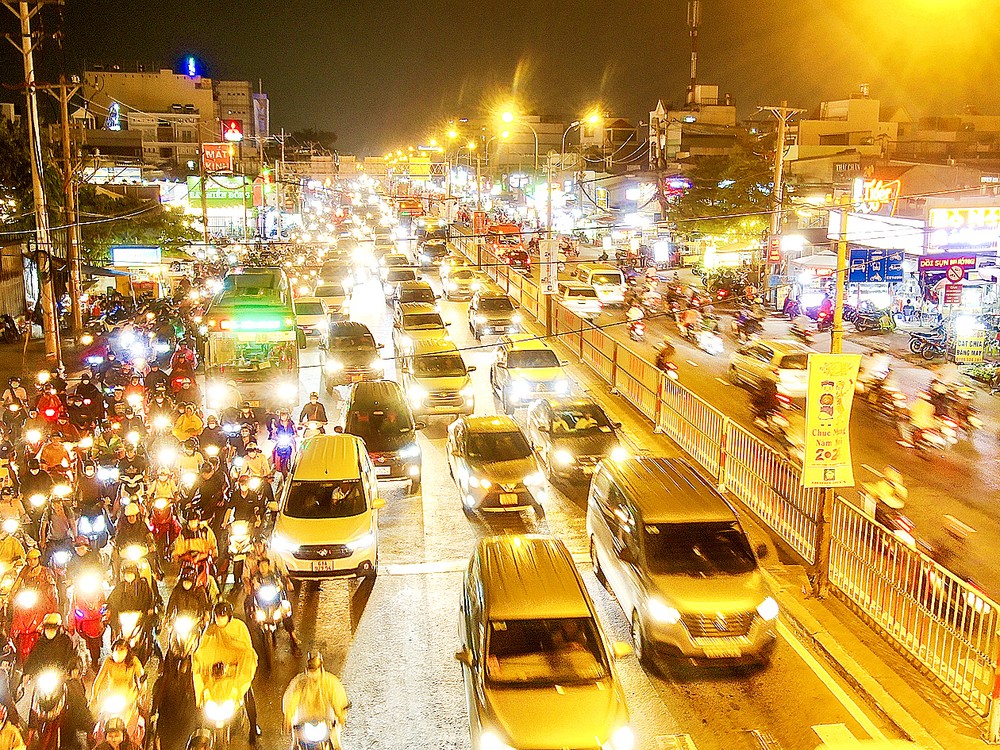
Meanwhile, at the Northwest gateway, the project to expand Highway 22 from An Suong to the Ring Road 3 with a length of nearly 40m is being planned with an amount of VND 3,600 billion.
The project to expand the National Highway No.13 from Binh Trieu Bridge to Binh Phuoc intersection with a length of nearly 5km Thu Duc City has been also well underway. This is the main gateway to the Northeast of the city because it links Binh Duong and Binh Phuoc provinces. It will be expanded to 53-60m with an estimated cost of VND10,000 billion.
According to the Department of Transport of Ho Chi Minh City, the Resolution 98/2023/QH15 opens up great opportunities for city development. The above-mentioned projects were proposed by the Department of Transport based on many specific criteria such as the importance of the route, the ability to resolve congestion, the feasibility of financial plans as well as the ability to mobilize capital.
According to leaders of the City Department of Transport, after the Resolution 98/2023/QH15 was approved, city authorities can use up to 70 percent of the city’s state budget in the total project investment in BOT projects on existing roads. This is a new point to increase the attractiveness and feasibility of financial plans of projects, attracting investors’ participation.
On the other hand, site clearance work will be separated into an independent project which will be covered by city budget capital. Compensation and site clearance boards in districts where the project is located to carry out the implementation will do it. Investors only participate in project construction bidding packages. In the past, most investors participated in site clearance work, leading to very slow project implementation.
Furthermore, the bidding of all projects will be publicized, domestic and foreign businesses are eligible to participate.
Being an investor, Director of Ho Chi Minh City Infrastructure Investment Joint Stock Company Le Quoc Binh said that in the past, the city had called for BOT investment in many projects but not many businesses participated because they found it difficult to recover capital. Businesses are also worried about the feasibility of capital return when doing BOT projects on existing roads. To attract investors, the city needs feasibility assessments in return on investment and overall plans to connect surrounding traffic as it is likely that people will not enter the BOT road but move to other roads instead leading to congestion.
Commenting on the implementation of BOT projects, Associate Professor Nguyen Van Trinh, a senior expert at the Center for Urban and Regional Studies, said that through BOT forms, the city will have more opportunities to accelerate investment in completing traffic infrastructure at gateways which have been delayed for many years due to lack of capital.
However, he emphasized that during the implementation process, the city needs to ensure transparency, along with strict inspection to curb wrongdoings as in some prior projects applying this type of contract. City infrastructure projects implemented under BOT and BT (build-transfer) contracts have a very large total investment, so there are many risks such as slow site clearance, people's reactions, affecting investors’ capital recovery. Therefore, there should be a clear agreement between the city and the investor to ensure the projects’ effectiveness and benefit harmony.





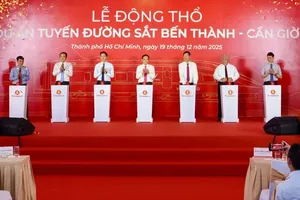



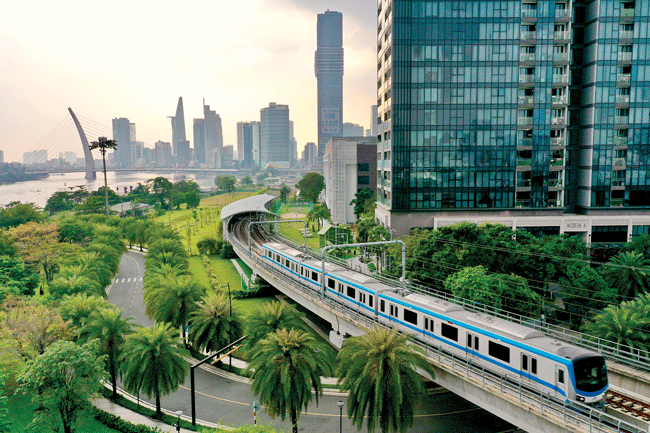



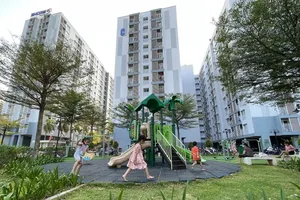

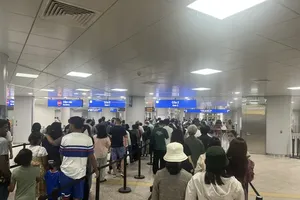
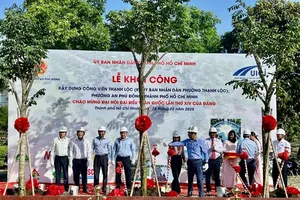

)





